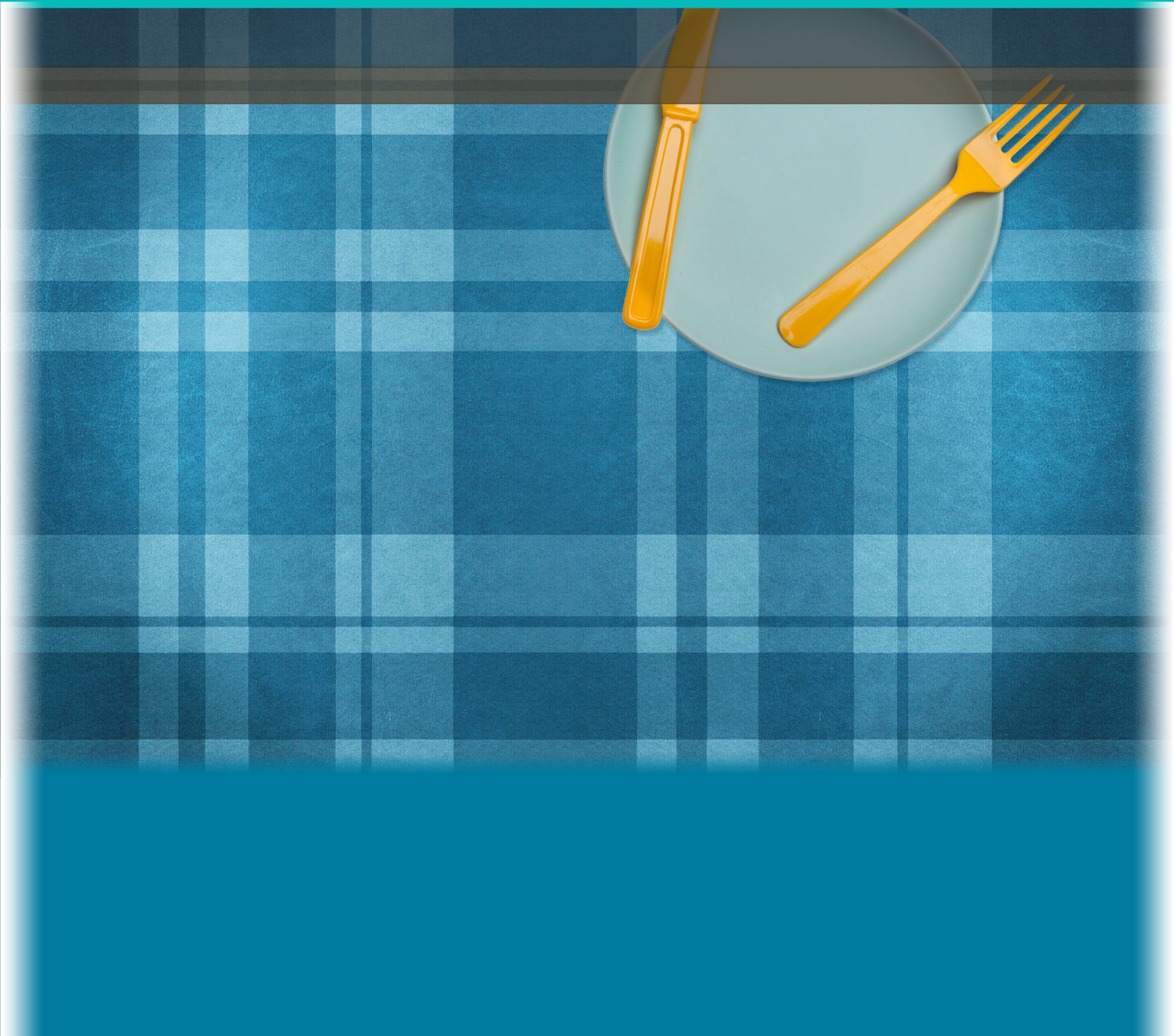Lesson Overview
In this STEM-centric lesson, students will learn about nutrition, obesity and the role of fast food in our nation's diet. They will then use the engineering design process to design, build and test a healthy fast food meal for children, and create packaging and an advertisement to promote it.
Students will begin by exploring the problem of obesity in our country, with a focus on the causes of obesity, consequences to health and methods of combating obesity. Next, students will examine the role of fast food in our nation's obesity crisis. Activities will encourage them to look at nutritional content, portion size and marketing of fast food in more detail. Students will then work in teams to analyze nutritional information from a sampling of real fast food meals. Finally, they will put their newfound knowledge to work in order to design a healthier alternative. They will create and test a healthy fast food children's meal, and develop a print or video advertisement that describes their meal and the work they have done in creating it.
This lesson provides two approaches to implementing STEM education in high school. The first is through content-based infusion where a single teacher is responsible for implementing all of the STEM Standards of Practice. The second is through projects or themes that span multiple disciplines where teams of teachers collaborate for unit implementation. This unit can be implemented through either content-based infusion or as a project that spans multiple disciplines. In content-based infusion, this unit can be completed in a health or biology course. If this unit is being implemented as a project that spans multiple disciplines, then it will require collaboration among students and teachers in health, biology, family consumer science, fine arts and technology education classes. Regardless of implementation methods, teachers should help students draw connections within and across disciplines. It is recommended that teachers read through the entire Teacher Notes before beginning in order to determine the approach they will take in advance.
This lesson requires advance preparation and planning, particularly for the Explore Possibilities sections. These sections address skills across multiple disciplines and some require equipment and materials that may not be readily available, such as a location and appliances to prepare food. Teachers will also need a small budget for the purchase of food.
Throughout the lesson, students will use their Engineering Portfolios to record their research, design their meal and plan out their advertisements. It is recommended that teachers print pages of the portfolio in advance. A printable version of the portfolio can be accessed from this section of the website.
Teachers are reminded that the topic of weight may be a sensitive one for students or their families. Keep this in mind as you plan for this lesson.


